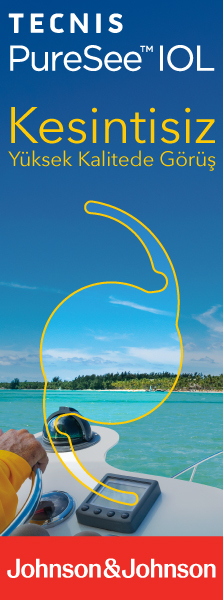Materials and Methods: Thirty consecutive patients undergoing primary VRS (control group) and 30 consecutive patients undergoing secondary VRS (study group) under RA were prospectively evaluated in terms of intraoperative pain. Patients were divided into 2 subgroups, patients undergoing scleral buckling (SB)-retinopexy with or without PPV (SB +/- PPV), and patients undergoing pars plana vitrectomy (PPV). Response to the RA block was graded as (1) minimal or no pain, and (2) “considerable pain”. A supplementary retrobulbar injection was performed intraoperatively to all patients with pain. Pain persisting after intraoperative anesthetic supplement was referred to as “resistant pain”. Data were analyzed using Mann- Whitney U test.
Results: The incidence of considerable pain was statistically significantly higher in the study group (60%) than the control group (33%) (p<0.05). The incidence of resistant pain was also statistically significantly higher in the study group (56%) than the control group (10%) (p<0.05).
Conclusion: The most important point in this study is the lower efficacy of RA in secondary VRS than primary VRS. Supplemental local anesthesia and intravenous sedation may be suitable approaches in secondary vitreoretinal surgeries. To our knowledge, this is the first study evaluating the efficacy of RA for primary and secondary VRS.
Keywords : Vitreoretinal surgery, retrobulbar anesthesia, intraoperative pain, secondary surgery.




